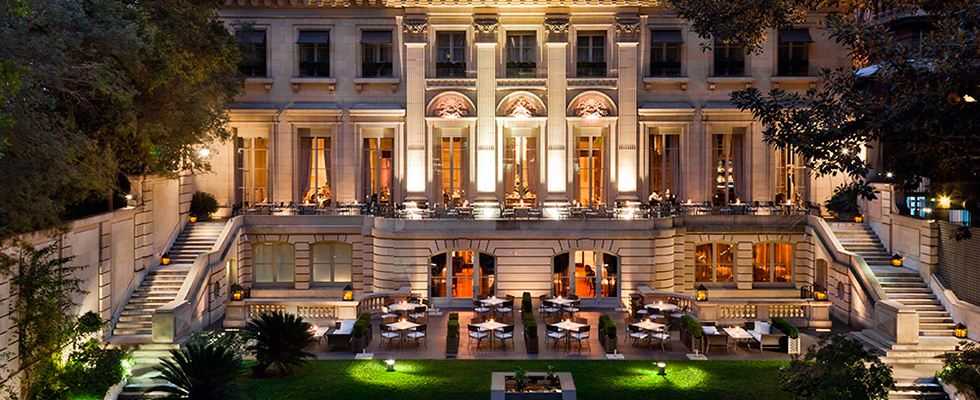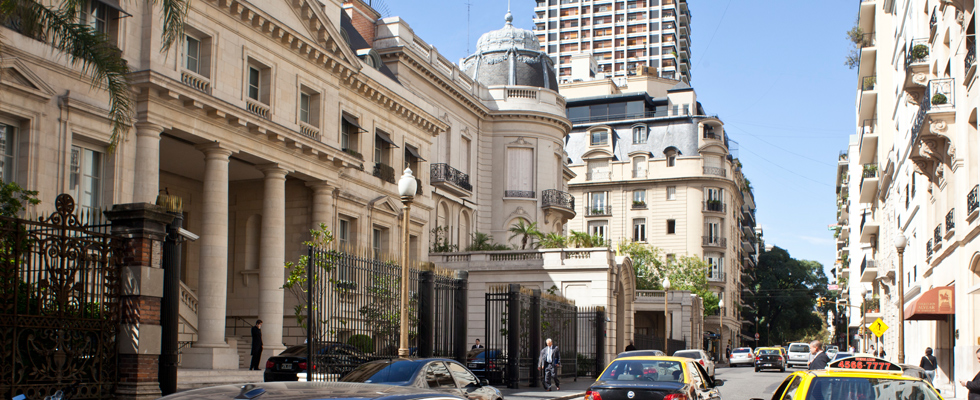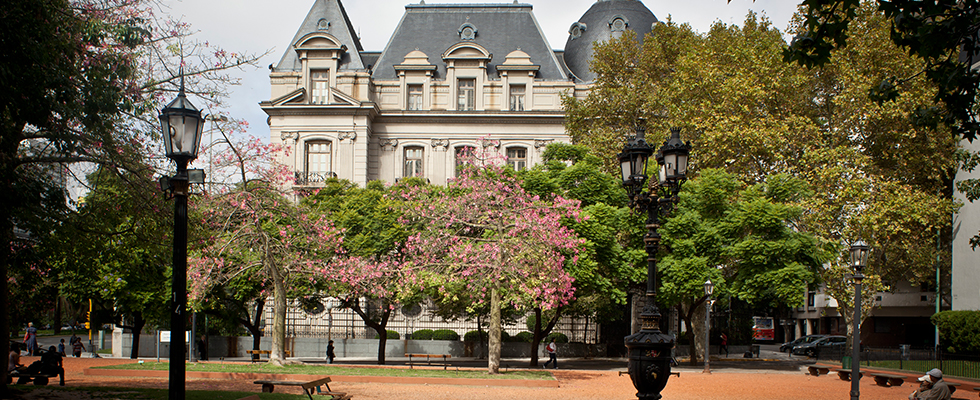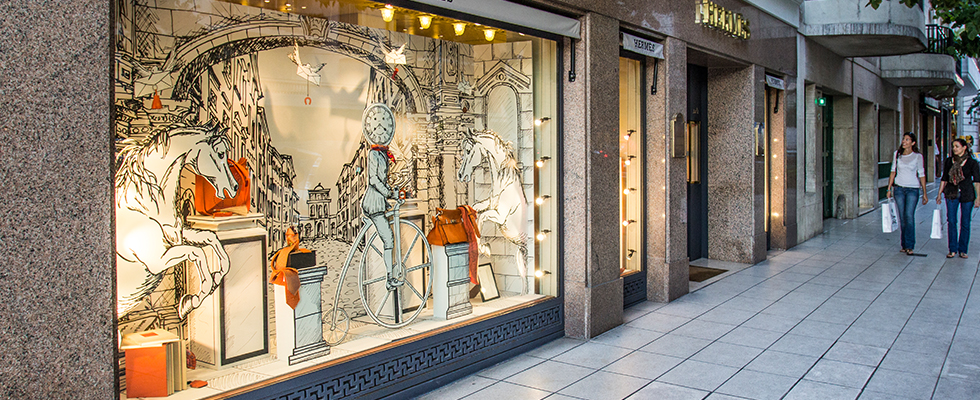10.00pm | A French night in Recoleta
Present in tours
Av. Alvear has an elegant French air to it, and late evening is the perfect time to visit in order to see its sumptuous mansions lit up. These buildings were constructed at the end of the 19th and start of the 20th centuries.
Hotel Four Seasons
The hotel's main French style building is located at Posadas 1086.
Hotel Park Hyatt
This hotel at Av. Alvear 1661 was originally the home of Luis Duhau, who ordered architects to replicate the style of a palace in Le Marais, Paris. The current hotel features modern luxuries like a swimming pool but maintains the original mansion's architectural details.
Restaurante Club Francés
Located at Rodríguez Peña 1834, this restaurant in the Hotel Club Francés dates back to 1866. Originally, men could not enter without a jacket and tie.
Restaurante La Bourgogne
Also located inside a hotel, in this case the elegant Alvear Palace at Ayacucho 2023, this restaurant serves the best in classic French cuisine, at prices to match.
Restaurante Le Sud
Chef Oliver Facho provides the flavours at this French restaurant in the Hotel Sofitel. Arroyo 841.
Restaurante Restó
Another top quality option for dinner in Recoleta, located at Montevideo 938. The kitchen is run by Guido Tassi, a disciple of famous French chef Michel Bras.
Curiosities:
Most of the immigration from France to Argentina took place between 1831 and 1854, and many came with the hope of acquiring property. Previously, Basque exiles had arrived, some of whom (such as Brandsen, Beauchef, Cramer and Bouchard) were instrumental in the first years of Argentina's independence from Spain, but the number of French immigrants arriving in Buenos Aires increased significantly following the social and economic crisis provoked by France's defeat in the Franco-Prussian War. Many came fleeing poverty, or searching for political asylum, as was the case of the future Argentine socialist leader Alicia Moreau de Justo. Later, during the 1880s, Argentine reinforced its policy of providing subsidies to immigrants with the objective of "populating" the country, and "importing culture", facilitating immigration, particularly from France. Many French residents decided to return to France during the World War I in order to fight for their home country, leading to a decline in the French community at the start of the 20th century.




